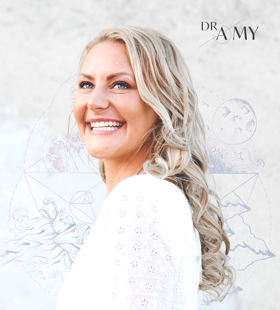Do you find yourself more flexible than most, or have you ever wondered how contortionists could be so flexible?
The answer is, they may have Ehlers-Danlos syndrome.
Ehlers-Danlos syndrome (EDS) is a group of genetic connective tissue disorders, characterized by joint hypermobility, skin hyperextensibility, and tissue fragility. There are several subtypes of EDS, each with its own specific features and inheritance patterns with Hypermobile EDS being the most common type.
EDS is often overlooked. In fact, according to the Welsh study, the condition occurs in one to 500 people. EDS can affect people of all races and genders, but it is more common in women, with an estimated ratio of three to one compared to men. EDS is typically genetic and inherited, although some cases may result from spontaneous gene mutations. Symptoms often appear in childhood but can manifest more prominently later in life.
The different types of EDS can vary widely in severity and presentation. Some individuals may experience only mild symptoms, while others may have more severe joint instability, chronic pain, and complications, such as vascular or organ rupture.
Because EDS is a genetic condition, there is currently no cure. However, with appropriate management and support, many individuals with EDS are able to lead fulfilling lives and with appropriate management and support, many individuals with EDS are able to lead fulfilling lives and manage their symptoms effectively.
Learn more about Ehlers-Danlos syndrome on The House of Wellness Autumn 2024 Magazine featuring me.






0 Comments